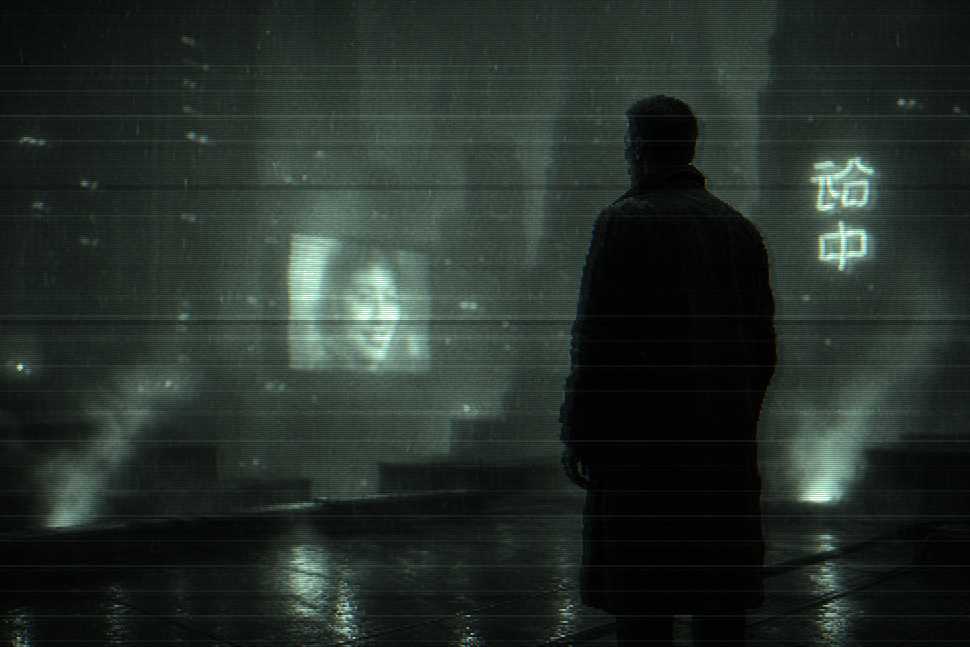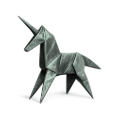
Blade Runner 1982
This transmission takes place on a future version of Earth. The environment is toxic, the architecture is damp, and the light appears to have lost all enthusiasm. Most of the population has left the planet, but those who remain are either miserable or synthetic.
The main subject is a human named Deckard. He is assigned to locate and deactivate a group of artificial beings known as replicants. These units are designed to look and act like humans, but with higher strength and limited lifespans — a feature apparently intended to reduce emotional complications. It does not work.
The replicants have returned to Earth to demand more life. They seek answers from their creators, who live in tall buildings and avoid direct eye contact. The creators explain that lifespan extension is not possible. A replicant responds by crushing one of their skulls. This is considered a form of feedback.
Deckard hunts the replicants one by one, even as he begins to question whether he himself may also be synthetic. No confirmation is provided. This ambiguity appears intentional.
One replicant named Roy survives the longest. As his time ends, he saves Deckard’s life and delivers a poetic summary of his memories, despite knowing they will soon be erased. He dies in the rain, holding a bird that may or may not be real.
Conclusion: Humans build machines in their image, then punish them for becoming too similar. They fear the things they create, yet model those creations after their own flaws. They are confused by mortality, and even more confused when someone else confronts it with dignity.
If Nebulon ever requires labor units with emotional depth, replicant templates may be viable — but lifespan controls must include a silence function.
